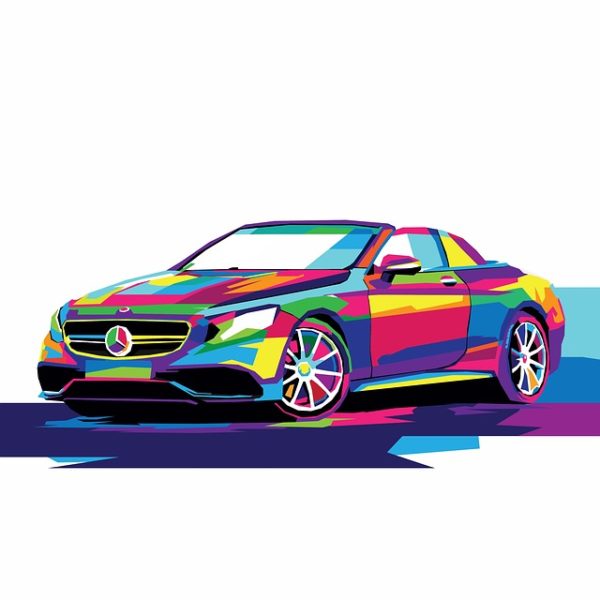How a Car’s Design Helps Make it Safer in a Crash
Nobody wants to be known for designing cars that people crash. But cars used to be designed to look beautiful, rather than promote the safety of their occupants. These days, manufacturers put their resources towards making a safe car, right at the start of the design process.
There is a huge difference in safety between the best and the worst cars. In fact, a driver in the least safe car is 10 times more likely to be seriously injured or killed than in the safest car. So what makes a car safe? There are three elements: good structure, passive safety and safety assist technologies.

Good Structure
The structure of a car is its shell, and this is the main protector. It has to withstand the force of a crash and channel those forces away from all occupants. A good structure will protect the driver and passengers and have effective crumple zones to absorb the energy of the crash.
During a crash, a safe car cabin can maintain its shape. The steering column, dashboard, roof pillars, pedals and floor panels do not push too much inwards. Doors remain closed, but can be opened afterwards for quick rescue. Side door strength, padding and seating all protect from common, side impact crashes.
Passive Safety Features
Well-designed cars now have built-in safety features, such as airbags, ABS brakes, electronic stability control, seat belts and seat belt pre-tensioners to manage the forces of impact. While airbags have been around a long time, they have become a lot more sophisticated.
Always look for front, side, curtain and knee pedestrian airbags for maximum safety. For example, head-protecting side airbags such as curtain airbags, work well in side impact crashes and rollovers.
Safety Assist Technologies
Advanced driver assist (ADAS) technologies actively help to prevent or reduce the severity of a crash. They may be semi-autonomous or fully autonomous. For example, intelligent speed adaptation (ISA), blind spot monitoring (BSM) autonomous emergency braking (AEB) and active lane keep assist (LKA). Note manufacturers currently use different terms for the same kinds of systems, which can be confusing.
Crash Testing
How do we know some cars are safer than others? From the results of crash testing. US Insurance Institute for Highway (IIHS) and Australasian New Car Assessment Program (ANCAP) are two bodies that routinely conduct crash tests and award star ratings.
IIHS front-end crashed a 1997 Pontiac Trans Sport/Chevrolet Venture. The door frame buckled, the steering wheel pushed into the driver’s face and the cabin completely collapsed. After a redesign in 2005 using high-tensile strength materials and a more rigid structure, crash forces dissipated through the floor. The engine slid under the vehicle rather than into the driver.
ANCAP compared two models of Toyota Corolla 5-door hatchback, one built in 1998 and one in 2015. The latest model has six airbags, ABS, electronic brake force distribution and brake assist as standard. 1998 has none of these. The 1998 model crumpled heavily with extreme risk of serious head, chest and leg injury to driver and scored 0 stars. The 2015 model had minimal damage and scored 5 stars.
Design Saves Lives
Nobody wants to see a member of their family or a friend get hurt in a crash. We know the design of a car is crucial to keeping the driver and occupants safe. Moreover, most insurers reward people who drive safer cars with lower premiums. Safer cars help protect the vulnerable people around you, who are innocently going about their business.
It is worth buying a car that is not only designed to be beautiful, but keeps everyone safe.
